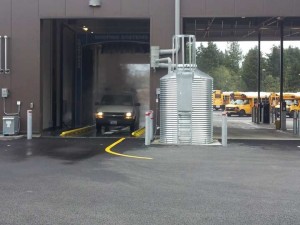 Can Rainwater Collection Protect Water Supplies?
Can Rainwater Collection Protect Water Supplies?
As mentioned in Ken Blair’s previous article, rainwater collection for residential and commercial construction helps protect our water supplies by using rainwater for irrigation, toilet facility, and other uses.
For example, the city of Federal Way, WA uses a rainwater collection system for its school maintenance facility. It collects rainwater for washing its school bus fleet, and during the summer, the collected water is used for irrigation.
In Harvesting Nature’s Supply, ARCSA (American Rainwater Catchment Systems Association) board member, Neal Shapiro writes about a city library using rainwater collection for toilet flushing, Santa Monica’s first municipal building to implement rooftop rainwater harvesting for indoor use.
Shapiro, watershed management program coordinator for the Office of Sustainability and the Environment for the city of Santa Monica, CA, goes on to document the library’s rainwater harvesting system, showing how rainwater can be collected on site for non-potable use in a commercial setting. This approach promotes the use of “local water resources and local self-sufficiency; reduces dependence on imported potable water, which benefits distant watersheds by keeping more water there; and reduces negative impacts from stormwater, which carries numerous pollutants to Santa Monica Bay”.
To read the full article, published on eStormwater.com, please click here.

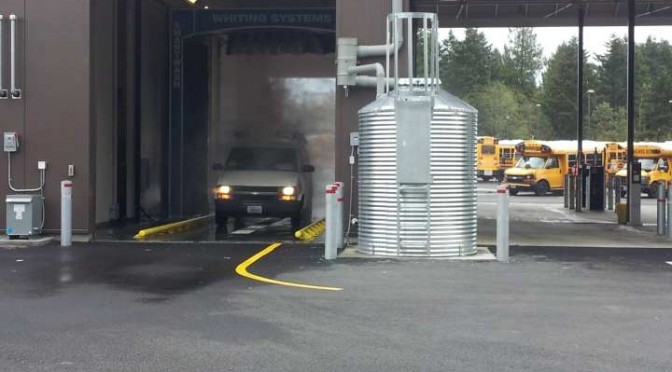
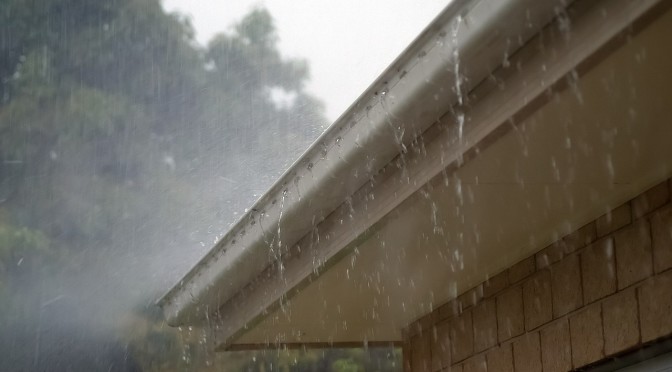
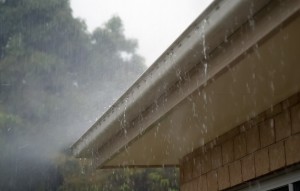 There are many good reasons for
There are many good reasons for 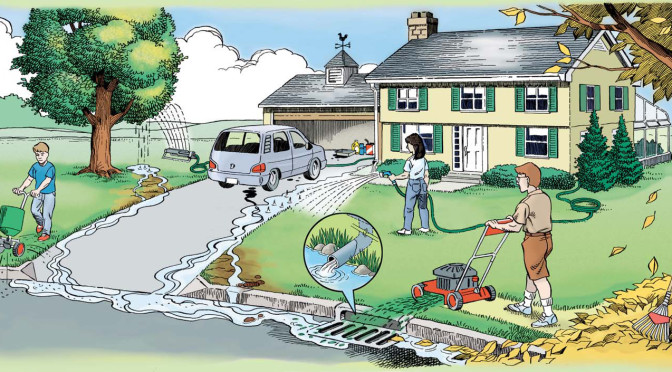
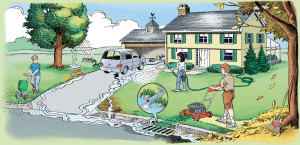 What can we do as families to help reduce pollutants entering our bodies of water?
What can we do as families to help reduce pollutants entering our bodies of water?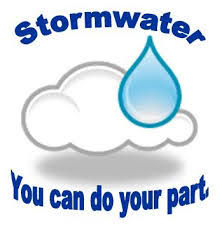 Every little bit helps to protect our water and natural resources.
Every little bit helps to protect our water and natural resources.